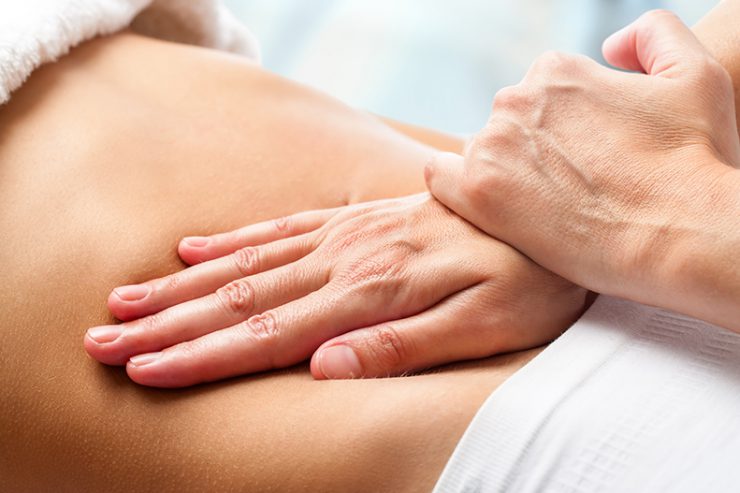Female incontinence can be a very stressful and embarrassing condition, but it helps to know that you are not alone. Approximately 25 to 45 percent of women nationwide suffer from this condition, which affects women of all ages and races.
“One of the main causes of incontinence is weakened pelvic floor muscles, which support the internal organs of the pelvis and prevent urine or stool leakage,” says Susan George, PT, DPT, MS, OCS, WCS, director of Women’s Rehab and Men’s Health, UPMC Rehabilitation Institute.
“Pelvic floor muscles in spasm can contribute to this condition and can cause pain in the rectal or pelvic region.”
Never Miss a Beat!
Subscribe to Our HealthBeat Newsletter!
Thank you for subscribing!
You can now select the specific newsletters you'd like to receive.
You are already subscribed.
Subscribe to more newsletters in our email preference center.
Sorry, an error occurred. Please try again later.
Get Healthy Tips Sent to Your Phone!
Incontinence Types
Types of incontinence include:
- Stress urinary incontinence: the involuntary loss of small amounts of urine while coughing, laughing, or participating in a physical activity — weakened pelvic floor muscles may be ineffective in preventing leakage.
- Urge urinary incontinence: the involuntary loss of large amounts of urine associated with an abrupt and strong desire to urinate and is often due to an oversensitive bladder.
- Mixed urinary incontinence: a condition where both stress and urge urinary incontinence coexist.
- Fecal incontinence: may result from weakened external anal sphincter and pelvic floor muscles. This condition is often seen in women during the postpartum period, and in the elderly. In many cases, you can improve this condition by retraining the pelvic floor muscles.
Physical Therapy for Incontinence Treatment
Physical therapy is available to treat female incontinence and help improve your overall quality of life and happiness.
“During your initial evaluation, your physical therapist will determine the type and extent of incontinence you are suffering from, the strength of your pelvic floor muscles, and if you have other musculoskeletal issues affecting your pelvis,” George says. “Your therapist will then work with you to develop an individualized exercise treatment program.
“By following this program, many patients are able to avoid medication or surgery.”
Some methods of treating female incontinence through physical therapy include:
- Pelvic floor exercises, sometimes called Kegel exercises. These tighten and tone the pelvic floor muscles that have become weak over time. Learning to use these muscles during activities that cause your leakage is key to success.
- Bladder training, with the help of your therapist. This will teach you to extend the time between voiding, develop a schedule to use the bathroom, and manage overwhelming urges to urinate.
- Biofeedback. This involves becoming attuned to your body’s functions in order to gain control over your muscles and suppress urges.
“The good news is that incontinence is treatable and generally does not require surgery,” George says. “Through physical therapy treatment, including bladder training and muscle re-education, you can learn how to effectively use these muscles to address incontinence, urgency, and resolve muscle spasms.”
Learn more about UPMC Rehabilitation Institute’s women’s rehabilitation program, which provides specialized physical therapy for women.
About UPMC Rehabilitation Institute
The UPMC Rehabilitation Institute offers inpatient, outpatient, and transitional rehabilitation, as well as outpatient physician services so that care is available to meet the needs of our patients at each phase of the recovery process. Renowned physiatrists from the University of Pittsburgh Department of Physical Medicine and Rehabilitation, as well as highly trained physical, occupational, and speech therapists, provide individualized care in 12 inpatient units within acute care hospitals and over 80 outpatient locations close to home and work.
